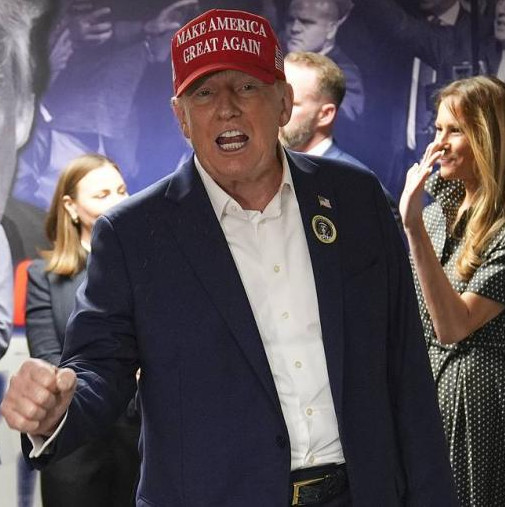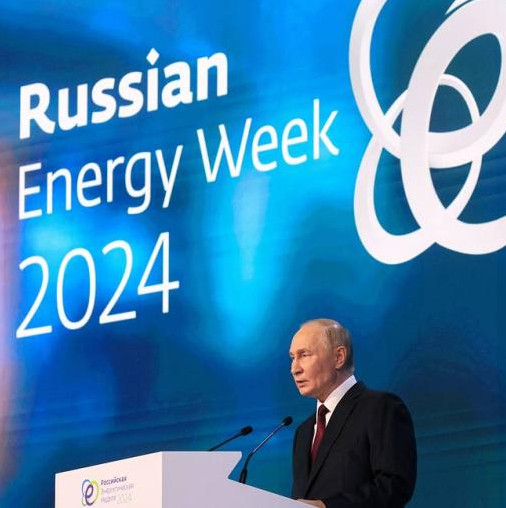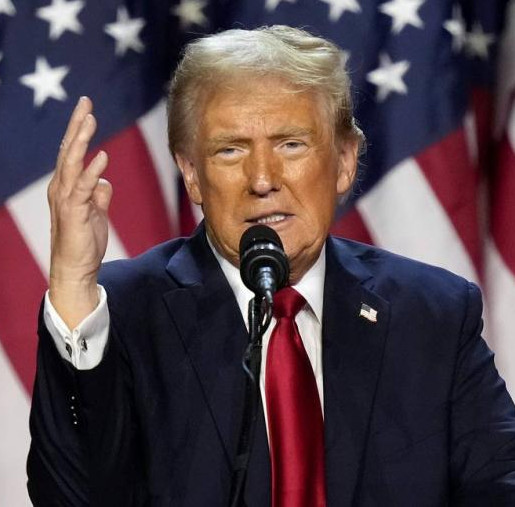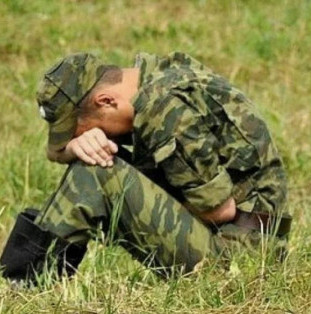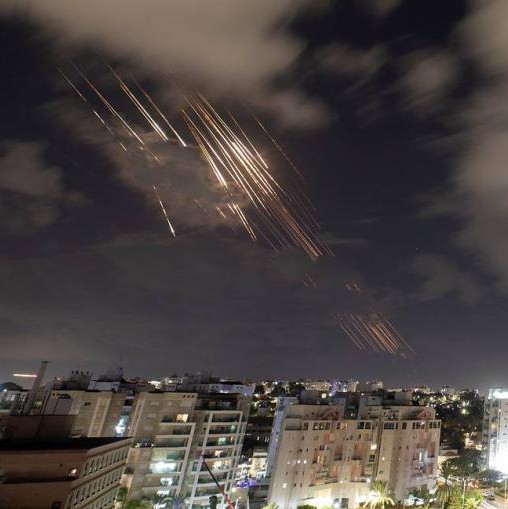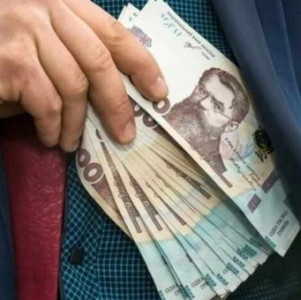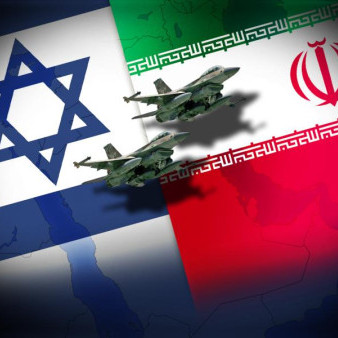Recently world news agencies distributed information that the USA established a new structure, which activities will evidently affect the situation in many countries worldwide and first of all in the post-Soviet area in the near future.
On June 16, the US Department of State in Washington launched new project “ The Civilian Response Corps of the United States of America”. The solemn ceremony was attended by US State Secretary Condoleezza Rice who addressed the attendees with a keynote speech and later became an honorary member of the Corps. The Head of the State Department said that the new structure is “a very important institutional innovation”.
The interagency Civilian Response Corps (CRC) is a joint project of 8 Federal agencies including the Department of State, U.S. Agency for International Development (USAID), Departments of Agriculture, Commerce, Health and Human Services, Homeland Security, Justice, and Treasury. The leading role is to be played by the Department of State. According to Condoleezza Rice, President Bush has empowered the Secretary of State to coordinate and lead integrated U.S. Government efforts to prepare, plan for, and conduct stabilization and reconstruction activities, and to coordinate with the Secretary of Defense to harmonize civilian and military activities.
The State Secretary herself actually recognized that CRC establishment was a necessary measure caused by gross failures of the American diplomacy and Pentagon in Iraq and Afghanistan. She said:”Tthis is why President Bush and I proposed the Civilian Stabilization Initiative, for which the President requested nearly $249 million of funding in his Fiscal Year 2009 budget”. (vs 7.2 million Dollars in 2007) The CRC is the most important component of this Initiative. Congress provided up to $75 million in initial funding for the Active and Standby components of the Civilian Response Corps in this fiscal year.
According to the adopted concept, the RCR will be staffed both by regular federal employees and, eventually, volunteers from the private sector and state and local governments. The candidates need to speak one or several foreign languages and should be ready to be deployable overseas for up to one year. They will be trained and equipped to be deployed rapidly to countries “in crisis or emerging from conflict, in order to provide reconstruction and stabilization assistance “.
The practical experience shows that such situations occur usually after a military intervention of the United States or their allies in a country with a government unwanted by Washington. Or after a “color revolution” plotted by the American special services and so-called non-governmental organizations (NGOs).
The CRC “Good Samaritans” will include diplomats, development specialists, public health officials, law enforcement and corrections officers, engineers, economists, lawyers, public administrators, agronomists, police officers, city administrators, etc. They should help “to restore stability and the rule of law, and achieve economic recovery and sustainable growth as quickly as possible”.
It is expected that after full deployment and funding the Civilian Response Corps will include three key components: “Active” component of the Civilian Response Corps consisting of 250 full-time members across the eight participating U.S. departments and agencies. These “first responders” are experts who can deploy to a crisis with as little as 48-72 hours’ notice. This “fire brigade” would coordinate a “whole of government” effort to support foreign leaders and citizens in stabilizing and rebuilding their states – and, if possible, to prevent conflict and state failure from taking place in the first place. 80 per cent of the Active component should be ready to stay in the country for up to one year.
The second CRC component consisting of 2,000 “Standby” members of the Civilian Response Corps in the same eight departments and agencies. These are current federal employees who volunteer to undertake additional training and to be available to serve in “stabilization missions” in case of need. Standby Members are deployable within 30 days for up to 180 days.
And finally the third CRC component consisting of 2,000 “Reserve” members of the Civilian Response Corps: volunteers from the private sector and state and local governments who will bring additional skills and capabilities important for stabilization of reconstruction of “failed states” that do not exist in sufficient quantities in the federal government. These persons will sign a contract with the Government for 4 years. During this period they may be once deployed overseas for one year. Meanwhile they will be obliged to undergo annual training for several weeks as in the National Guard of the USA.
The mission of the Civilian Response Corps (according to Condoleezza Rice) is this: “To build more effective partnerships among our government’s many civilian departments and agencies, among our civilian and military institutions, together with our many friends and allies abroad, and perhaps most importantly, with foreign leaders and citizens whose countries are in crisis, or approaching crisis, and who want and need our support”. Ultimately, the CRC goal is “to enable countries in crisis to transition as quickly as possible to governing themselves, sustaining themselves, and securing themselves – without U.S. or international assistance”.
It is well-known that the idea to create the Civilian Response Corps sponsored by the US State Department was aired by George Bush as far back as 2006 after the first wave of “color revolutions” in Georgia, Ukraine and other CIS countries. Speaking at a dinner in the International Republican Institute (a non-governmental “think tank” involved in “promotion of freedom and democracy the world over”) the American President said that “across the Caucasus and Central Asia, hope is stirring at the prospect of change -- and change will come”. The special rapid response corps was created to this end.
The United States started implementing the CRC idea just after this Bush’s speech. In 2005-2007, the US Department of State has developed pilot groups of Active and Standby members who have deployed to Sudan, Chad, Haiti, Lebanon, Kosovo, Iraq and Afghanistan to “run” the methods of technique of work. Activities of these teams was coordinated in the US State Department by Ambassador John Herbst, the Coordinator for the Office of Reconstruction and Stabilization (S/CRS), who in fact today is a CRC chief . Many experts speculated about various versions of CRC designation in light of its establishment. For example, the tasks and functions of this Corps in fact are similar to those of other well-known US Government project, the Peace Corps, operating since 1961. The American officials emphasize that challenges of the XXI century require more rapid, ‘non-standard” and efficient response to threats to the USA and its allies.
Aforesaid John Herbst recently said to mass media that the CRC as an international analogous of the US Federal Emergency Management Agency is expected to gain control over police, courts, banking system, sea and air ports, etc. after failure or overthrow of power in the countries critical for the United States. Such function looks like that of an occupation administration rather than rescue activities in an emergency. Many experts are also concerned over unclear and ambiguous goals and tasks of the American CRC as they have been declared, and presence of a strong ideological component in its concept associated with “promotion of ideals of freedom and democratic values”.
It is not incidentally that a number of Russian experts immediately saw in the US CRC establishment a direct confirmation that Washington is involved in active preparation for reconstruction of the CIS area under its own scenario, but not provision of long-expected law and order in Afghanistan and Iraq. First of all, the point at issue is “color revolutions” in Caucasus and Central Asia. The goal is to change regimes along the perimeter of Russia and in the long-term prospect in Russia itself.
Many people remember that in the 90s of the last century the Russian TV often showed Disney cartoons about two funny rescue rangers - chipmunks Chip and Dale. It seems that Washington is planning to present its CRC “rescue rangers” to the world community as such ‘Chips and Dales”. However, most probably, many people worldwide already tie them up with a more similar character created by Graham Green – “the quiet American”, for whom “the values of the American democracy” were always more important than human lives and fates of other nations.
